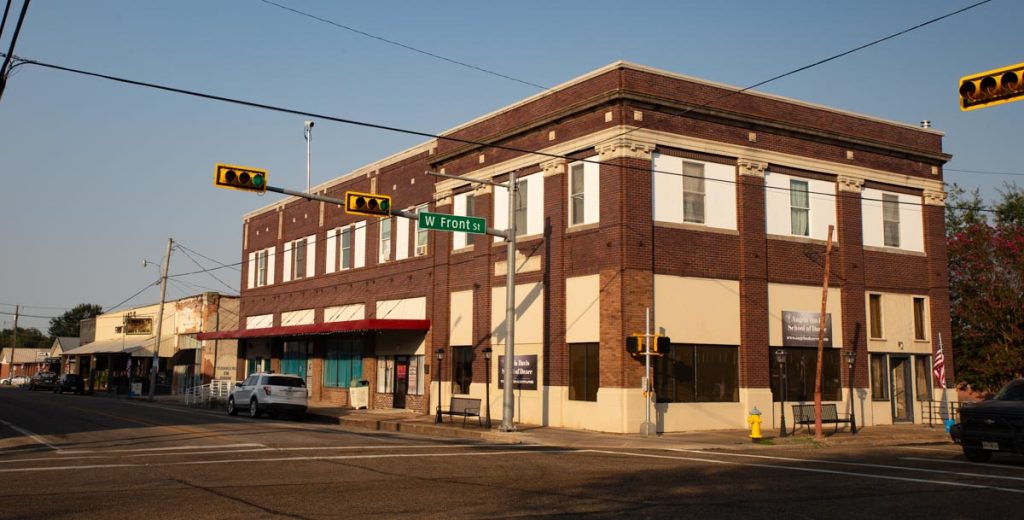
The 3 Main Differences Between a Commercial Roof and a Residential Roof
When you are in the market for a new roof, it’s important to understand the difference between a commercial roof and a residential roof. While both types of roofs have their benefits, there are three main differences between them that you should be aware of before making your decision.
Here are just a few of the most important things to know about commercial and residential roofs.
1. Scale
Commercial roofs are much larger than residential roofs, and they often have unique shapes and slopes. This means that commercial roofing requires special materials and installation techniques that are not necessary for residential roofs.
2. Load
Commercial roofs must be able to support a much greater load than residential roofs. This is because commercial roofs often have HVAC units, air conditioning units, and other equipment that is mounted on the roof. In addition, commercial roofs are often used as storage areas for inventory or other materials.
3. Exposure
Commercial roofs are exposed to a lot more weather and environmental conditions than residential roofs. This is because commercial buildings are often located in urban areas, where there is more pollution and less protection from the elements. As a result, commercial roofing materials must be able to withstand higher temperatures, ultraviolet rays, and other harsh conditions.
How to Choose the Best Roofing Type for a Commercial Roof and a Residential Roof
There are a few key differences between commercial roofs and residential roofs. For one, commercial roofs tend to be much larger than residential roofs. This means that they require more materials and more labor to install or repair. Commercial roofs also tend to be more complex in terms of their design and construction, with multiple layers and components. Finally, commercial roofs are typically subject to more wear and tear than residential roofs, due to the increased traffic and activity on them.
Some of the most common types of commercial roofing systems include built-up roofs, membrane roofs, metal roofs, and green roofs. Built-up roofs are composed of multiple layers of asphalt or tar-based materials. Membrane roofs are made from a single layer of synthetic material, such as PVC or TPO. Metal roofs are made from corrugated metal panels, while green roofs are planted with vegetation.
Conclusion
Commercial roofs are often thought of as just a roof, but they serve an important purpose for businesses. A commercial roof should be able to withstand the weather and be energy-efficient. If you are in need of a new commercial roof or your current roof needs repairs, contact us today. We would be happy to discuss your options and provide you with a free estimate.
Related Posts
Reasons to Choose Metal Roofing for Your Home
How is roofing done?
The difference between PVC and TPO membrane
Ice and Roof Damage Risks
The Lifespan of Residential Shingle Roofs
Why should I have my roof inspected?
Which Roofing Materials should you choose?
Why Should You invest in a New Roof?

